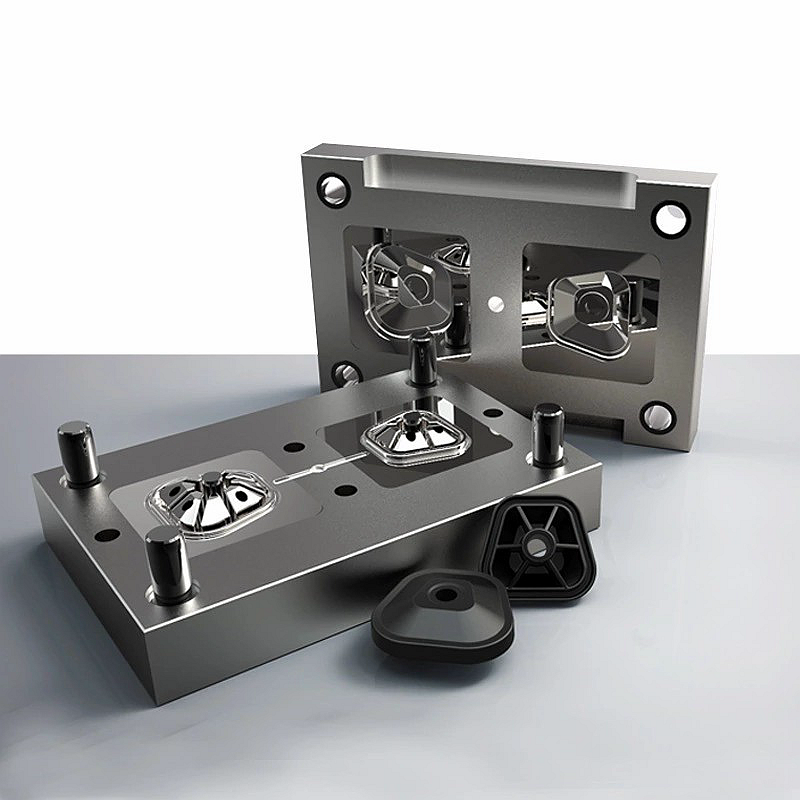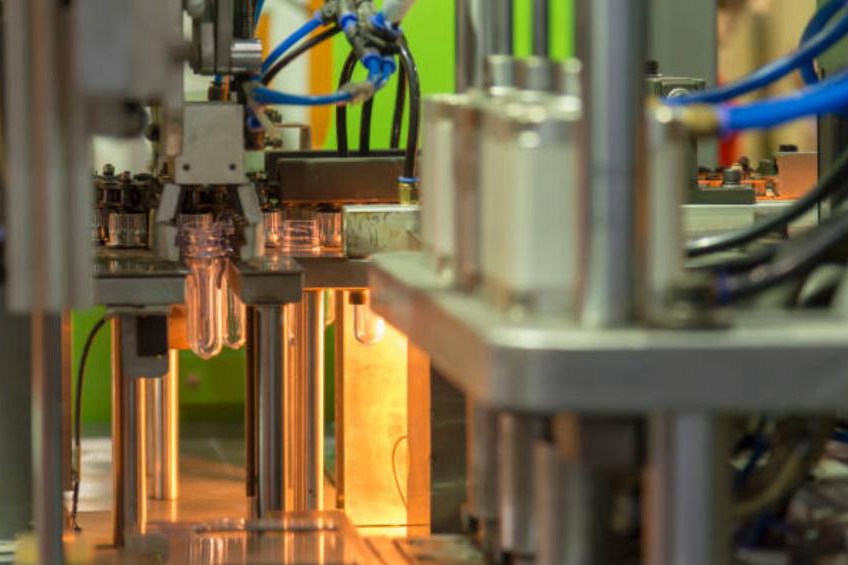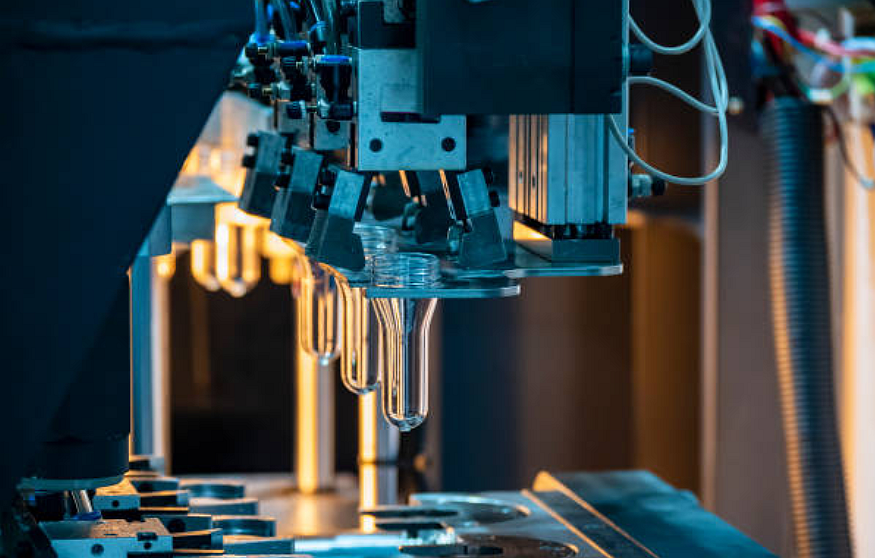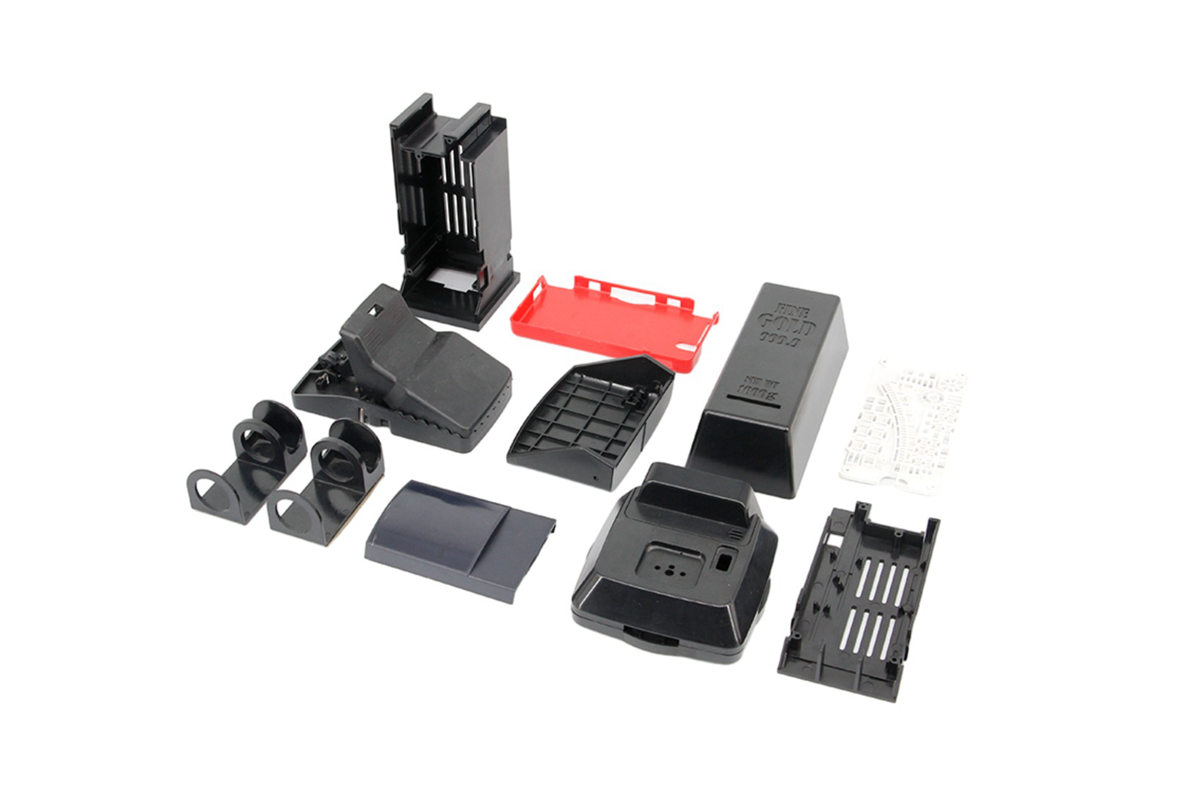What considerations are essential for designing parts for injection molding?
Introduction
Designing parts for injection molding is a meticulous process that demands attention to detail and an understanding of various critical considerations. Injection molding is a versatile manufacturing technique widely used in producing plastic components for various industries, from automotive to consumer electronics. However, achieving optimal results in injection molding heavily relies on the initial part design. In this blog, we'll explore the fundamental considerations crucial for designing parts tailored explicitly for the injection molding process.

Material Selection
One of the initial steps in designing parts for injection molding is choosing the appropriate material. The selection is based on the desired end-use properties and the material's interaction with the injection molding process. Factors such as melt flow rate, shrinkage, and thermal stability play pivotal roles in determining the suitability of a material for injection molding. At Neway, we prioritize materials that align with functional and processing requirements, ensuring the final product meets or exceeds expectations.
Thermoplastics | Thermosets | |||
Wall Thickness Considerations
Maintaining uniform wall thickness is crucial for achieving consistent and high-quality parts in injection molding. Varying thicknesses can result in uneven cooling rates, leading to defects like warping and sink marks. Neway's engineering team emphasizes the importance of uniformity, ensuring that the designed parts adhere to recommended thickness guidelines. It enhances the final product's structural integrity and contributes to a more efficient and cost-effective manufacturing process.
Draft Angles for Easy Ejection
Facilitating the ejection of molded parts is critical to injection molding design. Incorporating draft angles in the design allows for smoother part removal from the mold, reducing the risk of damage or distortion. Neway's commitment to precision in design extends to incorporating draft angles that align with industry standards. It ensures a seamless and reliable ejection process, enhancing production efficiency.
Undercuts and Tooling Complexity
While injection molding offers a high degree of design freedom, certain features like undercuts can complicate the tooling process. Minimizing undercuts or strategically placing them to facilitate mold release is essential. At Neway, we leverage our expertise in tooling to address potential challenges early in the design phase, optimizing part geometry to minimize tooling complexity without compromising design intent.
Gate Placement for Balanced Filling
Gate placement significantly influences how molten material fills the mold cavity. Proper gate positioning ensures uniform flow, minimizing air entrapment and incomplete filling. Neway's design philosophy involves strategic gate placement to achieve balanced filling and reduce the likelihood of defects. By considering gate locations in conjunction with part geometry, we enhance the overall quality and consistency of the injection-molded parts.
Rib and Boss Design for Structural Integrity
Structural elements like ribs and bosses are common in many injection-molded parts, providing support and strength. However, their design requires careful consideration to prevent issues like sink marks or weak points. Neway's engineers optimize rib and boss geometry to enhance structural integrity without compromising the overall design. This approach ensures that the final injection-molded parts meet the required performance standards.
Surface Finish and Aesthetics
The appearance of the final product is as important as its functionality. Designing for the desired surface finish involves understanding the capabilities of the chosen material and the injection molding process. Neway emphasizes achieving the desired aesthetics, whether a high-gloss finish or a specific texture. Attention to detail in the design phase contributes to producing visually appealing parts that align with functional and aesthetic requirements.
Consideration for Tolerances
Precision is paramount in injection molding, and understanding tolerances is crucial for designing parts that meet specified dimensional requirements. Neway's design approach involves meticulous analysis of tolerance requirements, considering material properties, process variations, and end-use conditions. Incorporating appropriate tolerances in the design ensures that the injection-molded parts consistently meet the desired specifications.
Moldability and Simulations
Moldability analysis and simulations are integral steps in the injection molding design process to validate and anticipate potential challenges. Neway utilizes advanced simulation tools to evaluate the manufacturability of designed parts. This proactive approach allows us to identify and address issues such as warping, air traps, or excessive shrinkage before the tooling process begins, saving time and resources while ensuring a smooth production cycle.
Conclusion
Designing parts for injection molding demands a comprehensive understanding of the intended functionality and the intricacies of the process. At Neway, our commitment to excellence extends from material selection to the final part of inspection. By prioritizing factors such as uniform wall thickness, draft angles, gate placement, and surface finish, we ensure that the injection-molded parts meet and exceed expectations. This meticulous design approach contributes to the success of Neway as a leading provider of custom metal, ceramic, and plastic parts through injection molding and other advanced manufacturing processes. If you have specific questions or want further insights, please get in touch with our expert team at Neway. We're here to transform your ideas into precision-engineered reality.



